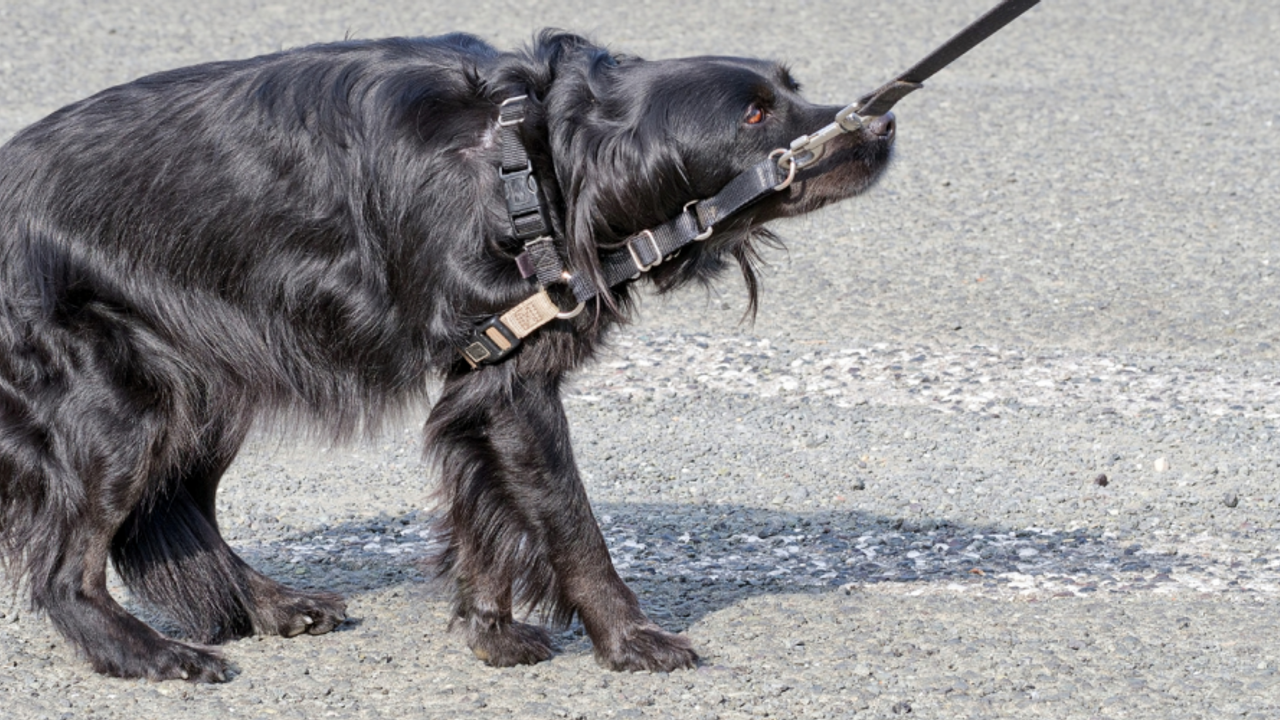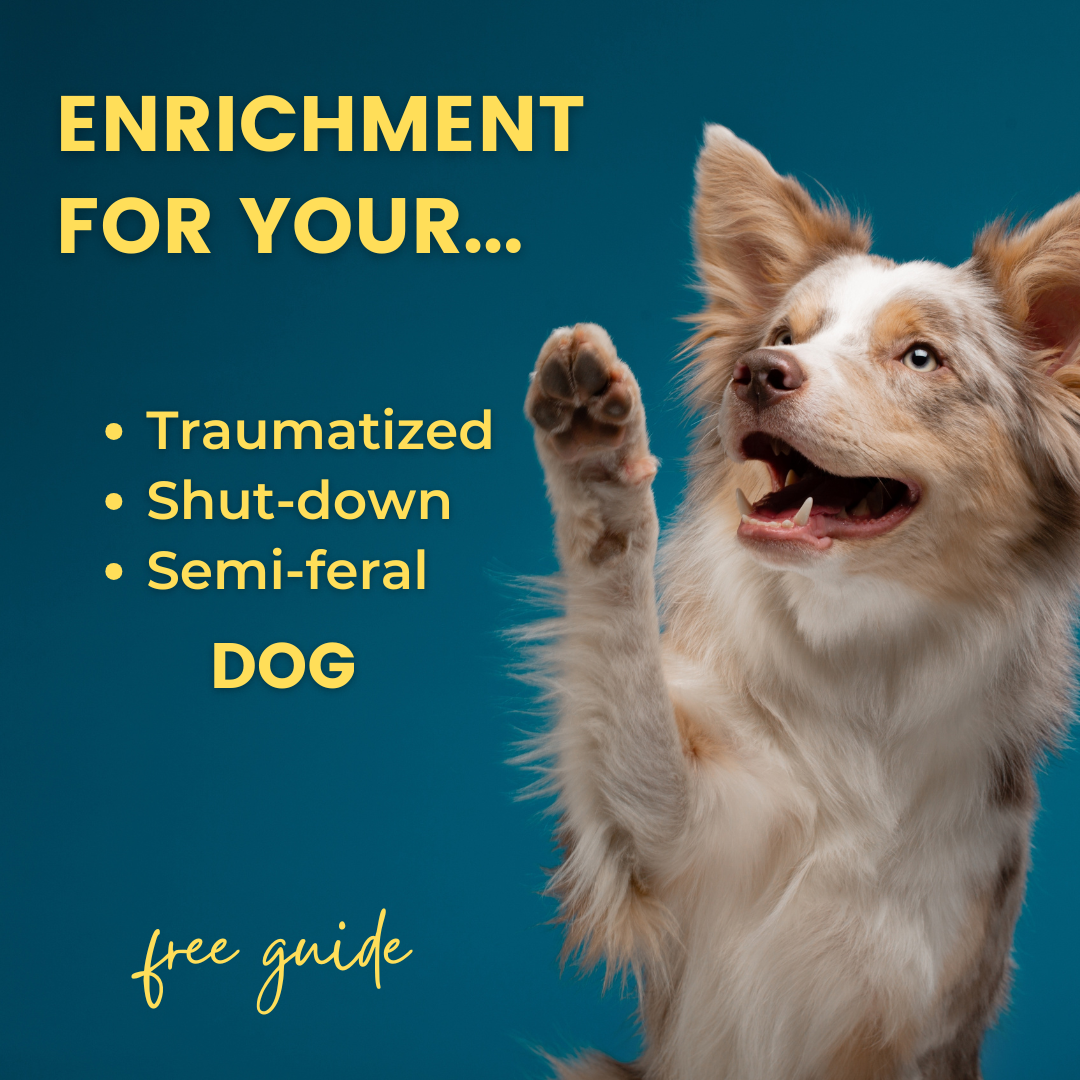
Do you have a dog who seems to not know what a leash is, or how to walk on leash? Many dogs adopted as adults have little to no experience being on leash. When the leash tightens and they feel something pulling on them, these dogs often panic or freeze up. If you have a pup who does this, you’ll need to very gradually introduce the feeling of tension on the leash.
In this week’s video I show how we trained our dog Pancake to move toward me when the leash tightens. Before training, he bucked against the leash and panicked if he felt it pulling on him. If you need to train your dog to tolerate having a leash put on, check out last week’s video.
What do you need to do to train your dog to move toward you when the leash is tight? Here are highlights from the video:
Train your dog to come toward you, without the leash
To train your dog to come toward you when the leash tightens, you need a way to call your dog to you. Some options for this include:
- A “hand touch” cue;
- A recall (“come”) cue;
- Prompting your dog to come toward you with silly noises, by crouching down, and/or by holding out a treat.
Start with the slightest amount of tension on the leash you can manage
For Pancake, I started by moving the leash so that the clip moved slightly, without pulling on the leash. Depending on your dog’s behavior, you might be able to start with a little bit of leash pulling. How can you tell how much leash tension to start with?
- The tension you put on the leash shouldn’t evoke the problem behavior you’re trying to change. If your dog freezes, bucks against the leash, etc.- you’ll need to work with much less leash pressure.
- Watch for smaller signs that the leash pressure is starting to bother the dog, and back off right away. These include things like stepping backward, moving their legs to brace against the leash pressure, or shifting their weight back.
It’s likely you’ve never had to train this carefully before with past dogs. The seemed to just get used to the leash without any trouble. Unfortunately, the same strategy is unlikely to work for your more sensitive pup. Expect this to take some time and patience.
Practice in different locations, and with your dog in different positions
In the training I show you this week, we started working on introducing leash pressure indoors. I chose this because in the beginning, Pancake was afraid to go outside. As soon as we could leave the house, we practiced leash training on the front porch, and then on walks. Training in the house might not transfer to the outdoors unless you make a deliberate effort to train outside.
I also made sure to vary the body position Pancake was in when I pulled on the leash. In real life, he could be oriented away from me, turned toward me, sitting, standing, etc. when the leash tightens.
As with most work with fearful, reactive, or aggressive dogs, you’ll likely make faster progress, and feel less stressed and overwhelmed, if you have someone helping you. Join our monthly training membership and have trainers “on call” to answer your questions, or sign up for private training, and get the support you need for your fearful dog.
If you try these tips and have success, or trouble, we want to hear from you. Join our Facebook group and post your questions or comments there, or reach out to us by email at [email protected]!
Categories


Have a dog who is too anxious to have fun? Grab this free guide & video lesson all about how to teach your extremely fearful dog their 1st enrichment game.


Community
We offer a free private Facebook support group for owners of fearful dogs to connect and share their stories. Join us there.


